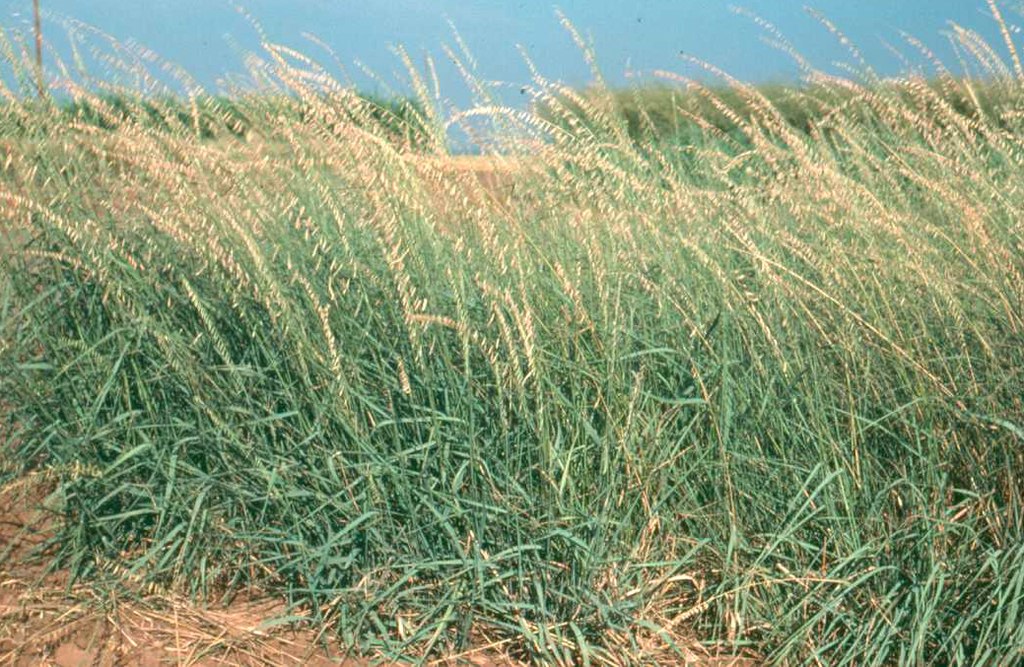
Native grasses play a vital role in maintaining soil health and preventing erosion. Their deep root systems, resilience, and adaptability make them ideal for improving soil structure and stability.
Benefits of Native Grasses
1. Improved Soil Structure
Native grasses have deep, fibrous root systems that enhance soil structure by creating channels for air and water movement. These roots help break up compacted soil, improving its overall porosity and allowing for better water infiltration and retention. This promotes healthier soil and supports plant growth.
2. Erosion Control
The extensive root networks of native grasses anchor the soil, reducing the risk of erosion caused by wind and water. By stabilizing the soil, native grasses prevent the loss of valuable topsoil and protect against the formation of gullies and rills. This is especially important in areas prone to heavy rainfall or strong winds.
3. Enhanced Water Infiltration
Native grasses improve water infiltration rates, reducing surface runoff and promoting groundwater recharge. This helps maintain soil moisture levels and reduces the risk of drought stress for plants. Enhanced water infiltration also minimizes the risk of flooding and surface water contamination.
4. Nutrient Cycling
Native grasses contribute to nutrient cycling by breaking down organic matter and recycling nutrients back into the soil. Their root systems support a diverse microbial community that aids in the decomposition of organic materials, improving soil fertility and nutrient availability for plants.
5. Biodiversity Support
Native grasses provide habitat and food sources for a wide range of wildlife, including pollinators, birds, and small mammals. By supporting biodiversity, native grasses contribute to the overall health and resilience of ecosystems.
Choosing the Right Native Grasses
Selecting the appropriate native grasses for your soil and climate conditions is crucial for maximizing their benefits. Consider the following factors when choosing native grasses:
- Soil Type: Different native grasses thrive in various soil types. Identify your soil type and choose grasses that are well-suited to those conditions.
- Climate: Select grasses that are adapted to your local climate, including temperature and precipitation patterns.
- Conservation Goals: Consider your specific conservation goals, such as erosion control, habitat creation, or forage production, and choose grasses that align with those objectives.
Establishing and Maintaining Native Grasses
1. Site Preparation
Proper site preparation is essential for a successful native grass establishment. This includes removing existing vegetation, tilling the soil (in some cases), and addressing any soil compaction issues. Preparing the site creates a favorable environment for seed germination and growth.
2. Seeding
Use high-quality native grass seed mixes that are appropriate for your region and conservation goals. Follow recommended seeding rates and methods to ensure even distribution and optimal germination. Consider using a no-till drill for precise seed placement and minimal soil disturbance.
3. Early Management
During the establishment phase, manage weeds and other competing vegetation to give native grasses a strong start. This may involve mowing, herbicide application, or mechanical removal. Regular monitoring and early intervention are key to successful establishment.
4. Long-Term Maintenance
Once established, native grasses require minimal maintenance. Periodic mowing, prescribed burning, or grazing can help maintain plant health and prevent the encroachment of invasive species. Regular monitoring ensures that the grasses continue to thrive and provide their soil health and erosion control benefits.
By incorporating native grasses into your conservation projects, you can significantly enhance soil health, prevent erosion, and support biodiversity. For more information on selecting and establishing native seeds, contact us today!
